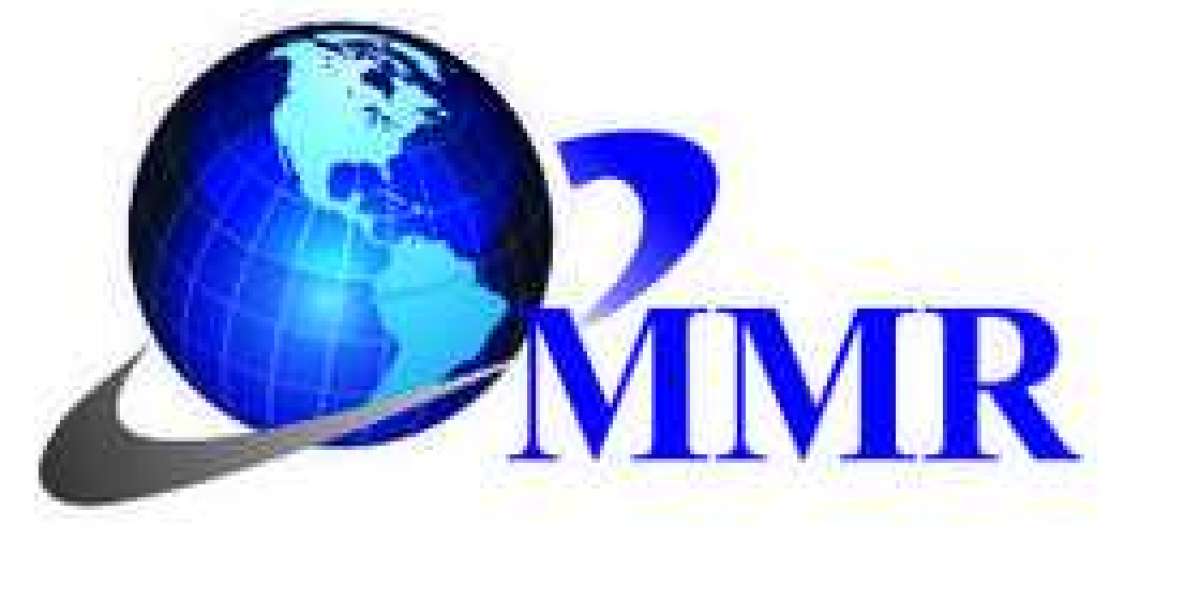Antibiotics have been a revolutionary development in the field of medicine, transforming the way we treat bacterial infections and saving countless lives since their discovery. These powerful drugs target harmful bacteria, thwarting their growth and replication, and are crucial in both everyday and critical medical scenarios. This article delves into the discovery, types, mechanisms, and rising concerns surrounding antibiotics.
The Discovery of Antibiotics
The antibiotic era began quite accidentally when Alexander Fleming discovered penicillin in 1928. Fleming observed that the mold Penicillium notatum produced a substance capable of killing Staphylococcus bacteria. This discovery marked the dawn of antibiotic therapy, which was further developed in the 1940s by scientists like Howard Florey and Ernst Boris Chain, who transformed penicillin into a practical medical treatment.
Types of Antibiotics
Antibiotics are broadly classified based on their structure and mechanism of action. Understanding these types helps in selecting the most effective treatment.
Beta-Lactams: This group includes penicillin and its derivatives such as amoxicillin, as well as cephalosporins. They work by interfering with bacterial cell wall synthesis, leading to cell lysis and death.
Macrolides: Examples include erythromycin and azithromycin. Macrolides inhibit bacterial protein synthesis by binding to the 50S ribosomal subunit, preventing the elongation of the peptide chain.
Tetracyclines: These antibiotics, such as doxycycline, also inhibit protein synthesis but do so by targeting the 30S ribosomal subunit, blocking the attachment of tRNA.
Aminoglycosides: Gentamicin and streptomycin belong to this class. Aminoglycosides disrupt bacterial protein synthesis by causing misreading of mRNA.
Fluoroquinolones: Ciprofloxacin and levofloxacin are well-known members. They inhibit DNA gyrase and topoisomerase IV, enzymes critical for bacterial DNA replication.
Sulfonamides and Trimethoprim: This combination works synergistically by inhibiting successive steps in the bacterial folate synthesis pathway, critical for DNA replication and cell function.
Mechanisms of Action
Antibiotics employ various mechanisms to combat bacteria:
Cell Wall Synthesis Inhibition: Drugs like beta-lactams prevent the formation of the bacterial cell wall, essential for bacterial survival.
Protein Synthesis Inhibition: Macrolides, tetracyclines, and aminoglycosides hinder protein production by targeting bacterial ribosomes.
DNA Replication Interference: Fluoroquinolones halt DNA synthesis by targeting enzymes involved in DNA replication.
Metabolic Pathway Disruption: Sulfonamides and trimethoprim disrupt essential metabolic pathways, crippling the bacteria’s ability to multiply and survive.
Antibiotic Resistance: A Growing Concern
As effective as antibiotics are, their overuse and misuse have led to a significant rise in antibiotic resistance. Bacteria evolve rapidly, and some develop mechanisms to evade antibiotic action. Factors contributing to this issue include:
Overprescription: Misuse of antibiotics for viral infections and other inappropriate scenarios.
Incomplete Courses: Failing to complete the prescribed antibiotic course, allows some bacteria to survive and develop resistance.
Agricultural Use: High levels of antibiotics in farming contribute to the evolution of resistant bacterial strains.
Global Travel: The spread of resistant bacteria across borders due to increased global movement.
Combating Antibiotic Resistance
Addressing antibiotic resistance requires coordinated global efforts:
Prudent Use: Prescribing antibiotics only when necessary and ensuring patients complete the course.
Research and Development: Investing in new antibiotics and alternative treatments, such as bacteriophages or antimicrobial peptides.
Public Awareness: Educating the public about the dangers of antibiotic misuse and promoting proper hygiene practices to prevent infections.
Policy Measures: Implementing stricter regulations on antibiotic use in agriculture and human medicine.
Conclusion
Antibiotics remain a cornerstone of modern medicine, providing critical tools in our fight against bacterial infections. However, the growing threat of antibiotic resistance necessitates responsible use, continued research, and global cooperation. By taking informed actions, we can preserve the efficacy of these life-saving drugs for future generations, ensuring that they remain effective against bacterial pathogens for decades to come.
For more:
https://bio-fermen.bocsci.com/news-blogs/what-are-tetracycline-antibiotics.html









